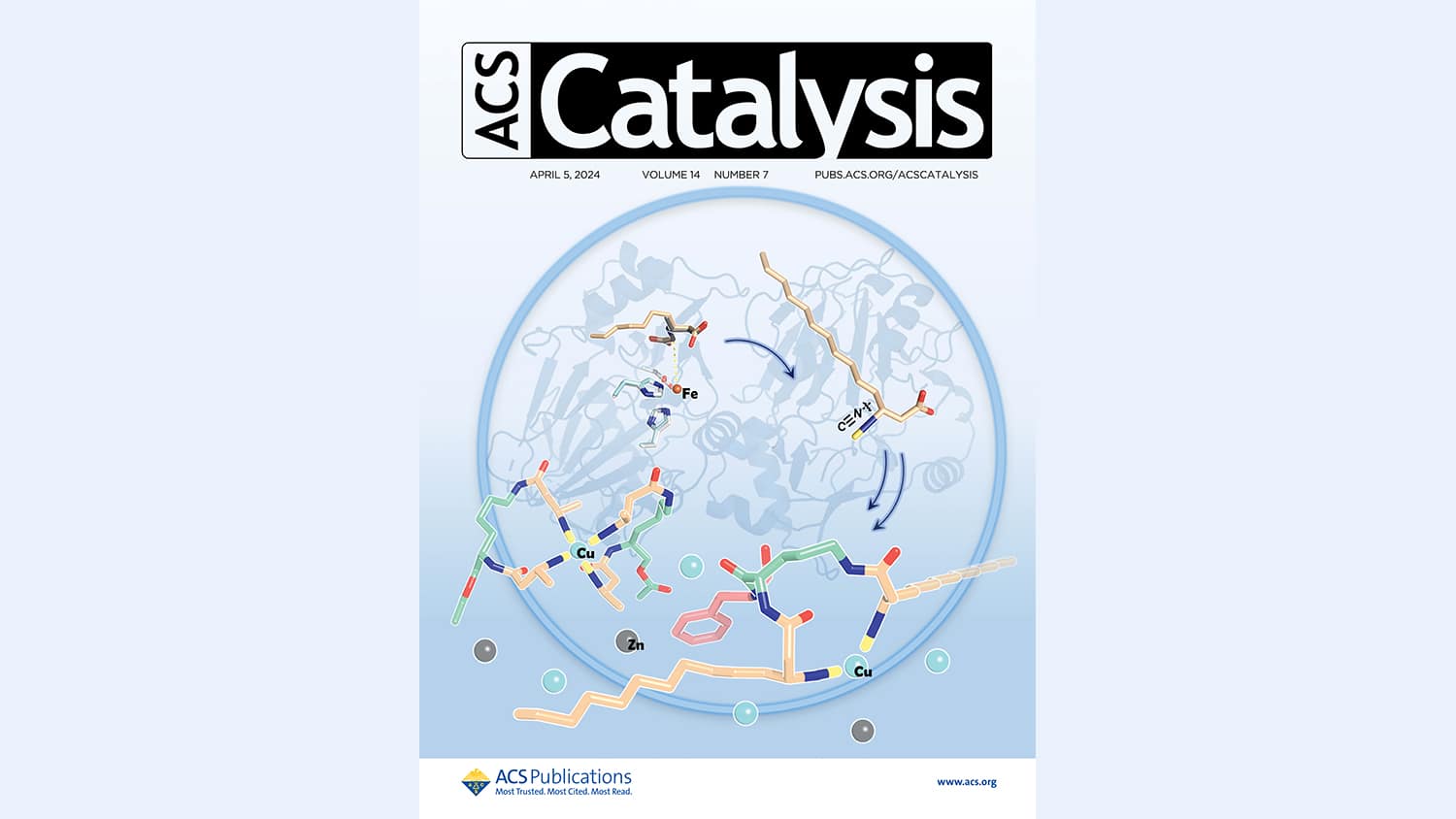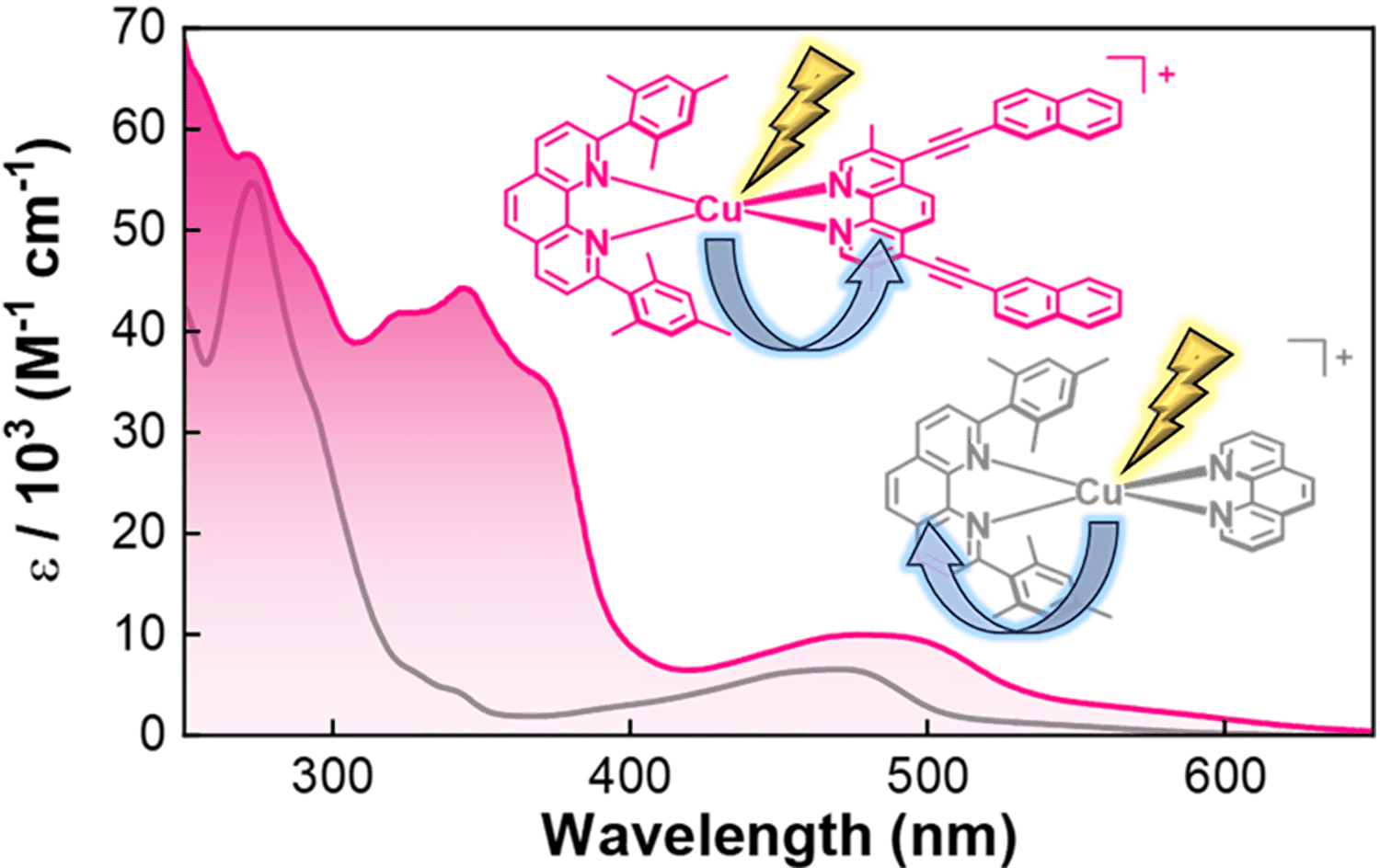If we want to create materials that capture and use energy more efficiently, we have to understand how the most basic pieces of that puzzle – the electrons and nuclei within molecules – operate to release energy.
Felix Castellano, Goodnight Distinguished Innovation Chair of Chemistry at NC State, was part of a team that recently released groundbreaking results concerning the relationship between the spin-vibronic effect and intersystem crossing in molecules. The work could lead to new ways to control electron spin within molecules, and to more efficient energy capture and use in everything from solar cells to computers.
The Abstract spoke with Castellano about the work, which appears in Nature.
The Abstract (TA): Spintronics is about harnessing an electron’s spin, which could help us create more powerful, efficient computers with more storage space. Your latest research is on something called the spin-vibronic effect. How does the spin-vibronic effect differ from spintronics?
Castellano: Spintronics relates the coupling of electron spin with electronic charge in various solid-state materials. Thus the term spin electronics, when shortened, becomes spintronics. The spin-vibronic effect, a molecular phenomenon, represents the coupling, or mixing, of electronic, spin, and nuclear (vibrational) states in a molecule that either increases or decreases non-radiative decay rates. [Non-radiative decay refers to a molecule moving from a high energy (or excited) state to a lower energy state without releasing any energy in the form of a photon.]
There are two typical, non-radiative decay processes in molecules. One process is called internal conversion, where spin is conserved. The other process is called intersystem crossing, where spin multiplicity changes. Spin-vibronic effects have been largely ignored since they occur on extremely short timescales (i.e., billionths of a second).
TA: What is intersystem crossing, and how does the spin-vibronic effect enable it?
Castellano: Intersystem crossing is how a molecule changes its electronic spin state by flipping the orientation of the spin. For many decades, intersystem crossing was assumed to occur exclusively through a process known as spin-orbit coupling, which was believed to be unaffected by the vibrational motion of the molecule’s nuclei (this idea is called the Born-Oppenheimer approximation, which assumed that electrons and nuclei in molecules operate independently of one another and could be treated separately).
In our research, we used combinations of femtosecond spectroscopy and high-level theory and found that electronic, spin, and vibrational dynamics are interwoven and must collectively be considered when determining the intersystem crossing rate.
TA: If we can design molecules that use the spin-vibronic effect to create intersystem crossing, what would we use those molecules for?
Castellano: Using knowledge gleaned from the effect of molecular perturbations on the rate of intersystem crossing and internal conversion ultimately leads to the ability to synthetically control excited state decay for applications in excited state electron and energy transfer, photochemistry, photophysics, photocatalysis, and photobiology. In other words, we could design molecules that make storing and transferring energy more efficient.
TA: What led to this discovery? Were you testing theories, or was there a happy accident? And what was the coolest part of this journey?
Castellano: The collaboration with Lin Chen’s group has been ongoing since 2009. It initially focused on time-resolved X-ray experiments on our Pt(II) dimers to detect transient metal-metal bond formation in their excited states. Since those original experiments, the collaboration has expanded due to marked improvements in ultrafast lasers and theory, including Xiaosong Li’s group from the University of Washington, which performs the latter. These advances ultimately led to the ability to measure and computationally predict vibronic coherence on unprecedented time scales. The fact that the three PIs are so strongly invested and dedicated to this brand of science has led to where we are today. It is exhilarating that the techniques have finally caught up to molecular design, and I believe many more fundamental discoveries are on the horizon.
This post was originally published in NC State News.
- Categories:



